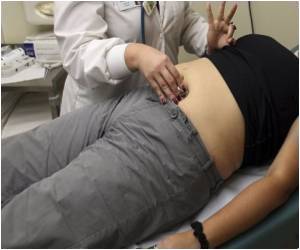Dr Susannah Fleming and colleagues made use of 3 vital signs (heart rate, temperature and oxygen saturation measurements) to assess the severity of illness in children.

Two statistical measures of the performance of each system sensitivity and specificity were then assessed. Sensitivity measures the proportion of actual positives which are correctly identified as such (for example, the percentage of sick people who are correctly identified as having the condition). Specificity measures the proportion of negatives which are correctly identified (for example, the percentage of healthy people who are correctly identified as not having the condition).
The existing scoring system was found to have a sensitivity of 64.3 per cent and specificity of 80.5 per cent while the best-performing model had a sensitivity of 79 per cent and specificity of 75.8 per cent.
Dr Fleming said: "Data fusion of three vital signs (heart rate, temperature, and oxygen saturation) provides moderate accuracy for predicting serious illness in children, and outperforms scores produced using this subset of vital signs in existing scoring systems. Although this type of score is difficulty to calculate by hand, it could be incorporated into commonly-available handheld phone applications, or into an integrated device incorporating a thermometer and pulse oximeter. Such a device would require a means of entering the patient's age, as the technique uses evidence-based curves to allow for the normal variation of heart rate during childhood."
Source-Eurekalert









